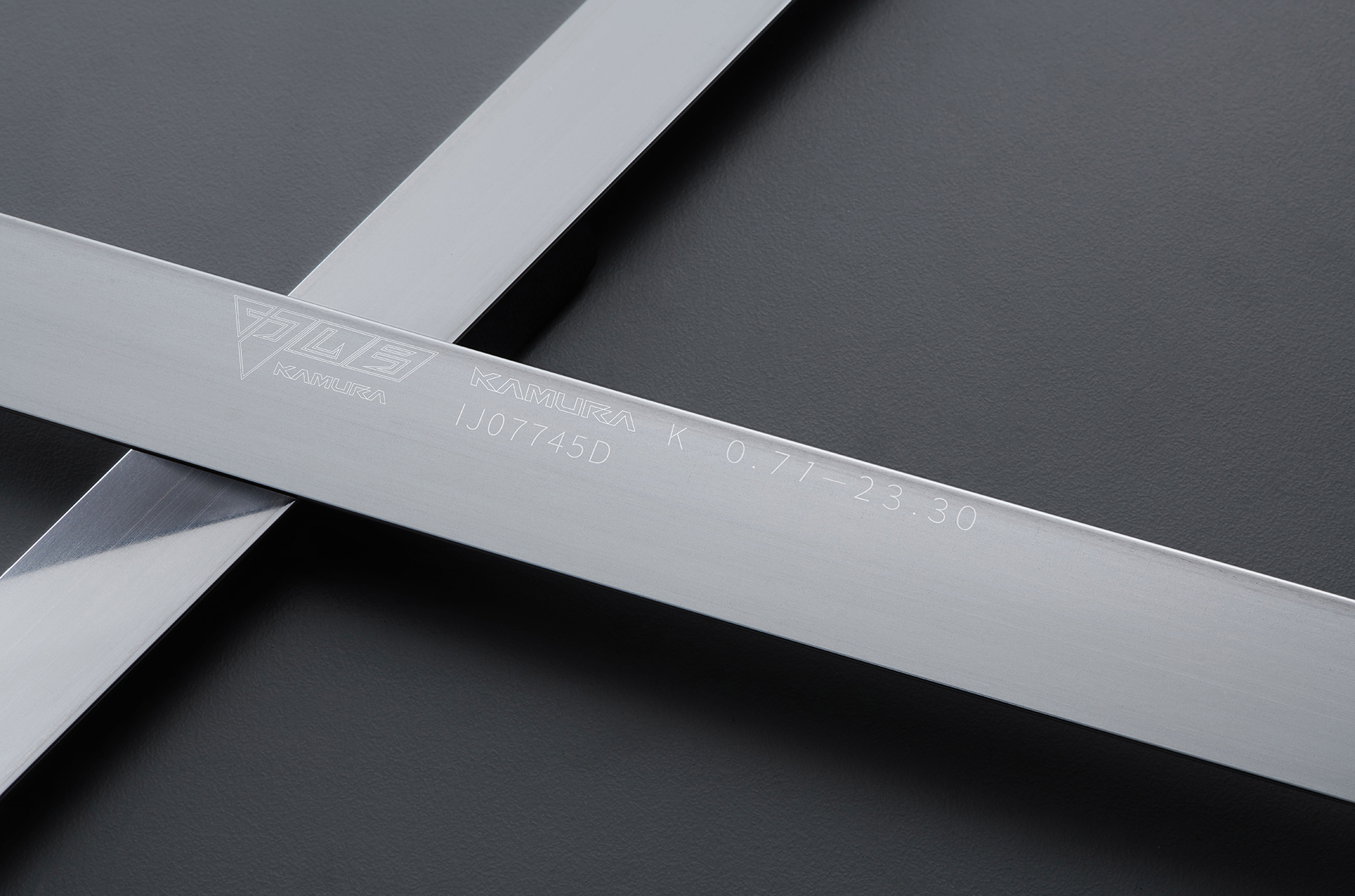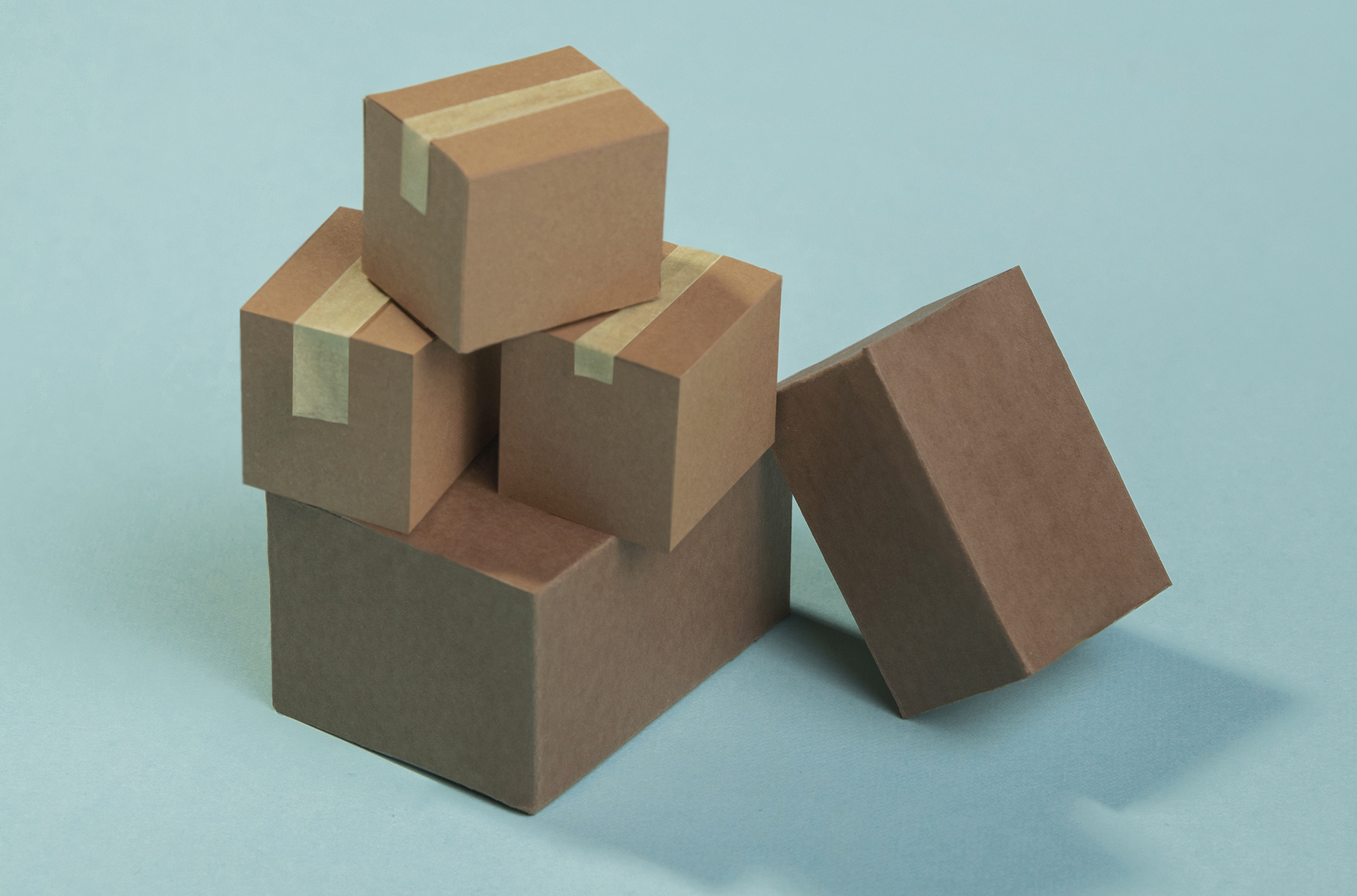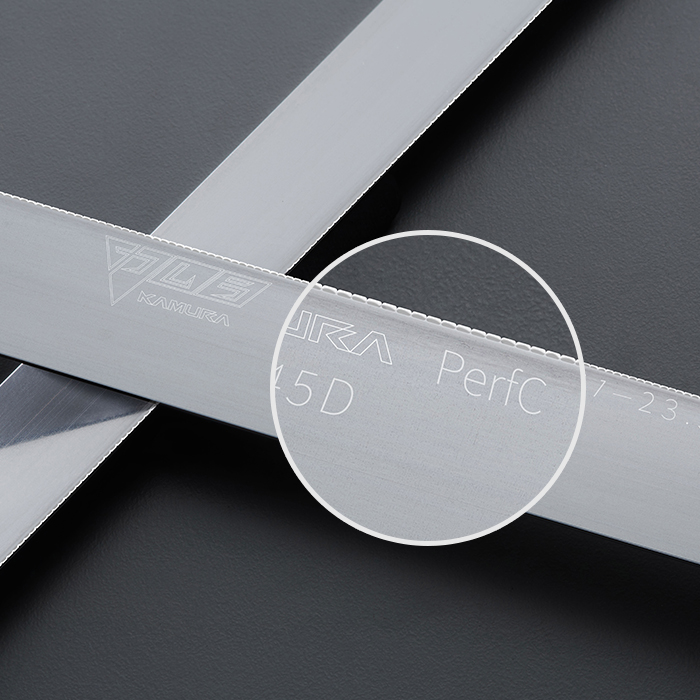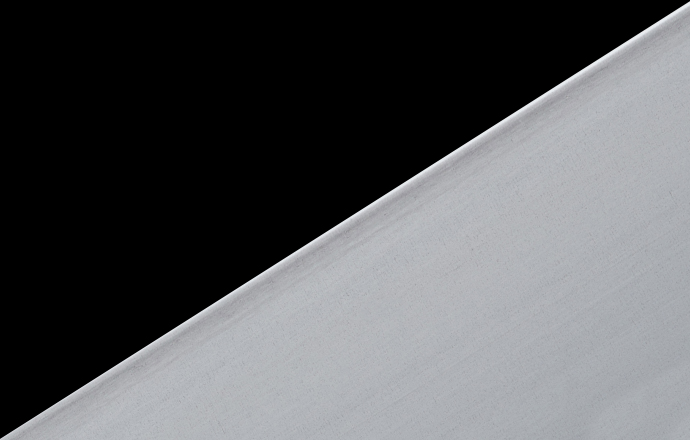
Purpose of Creasing Rule
Key Applications of Creasing
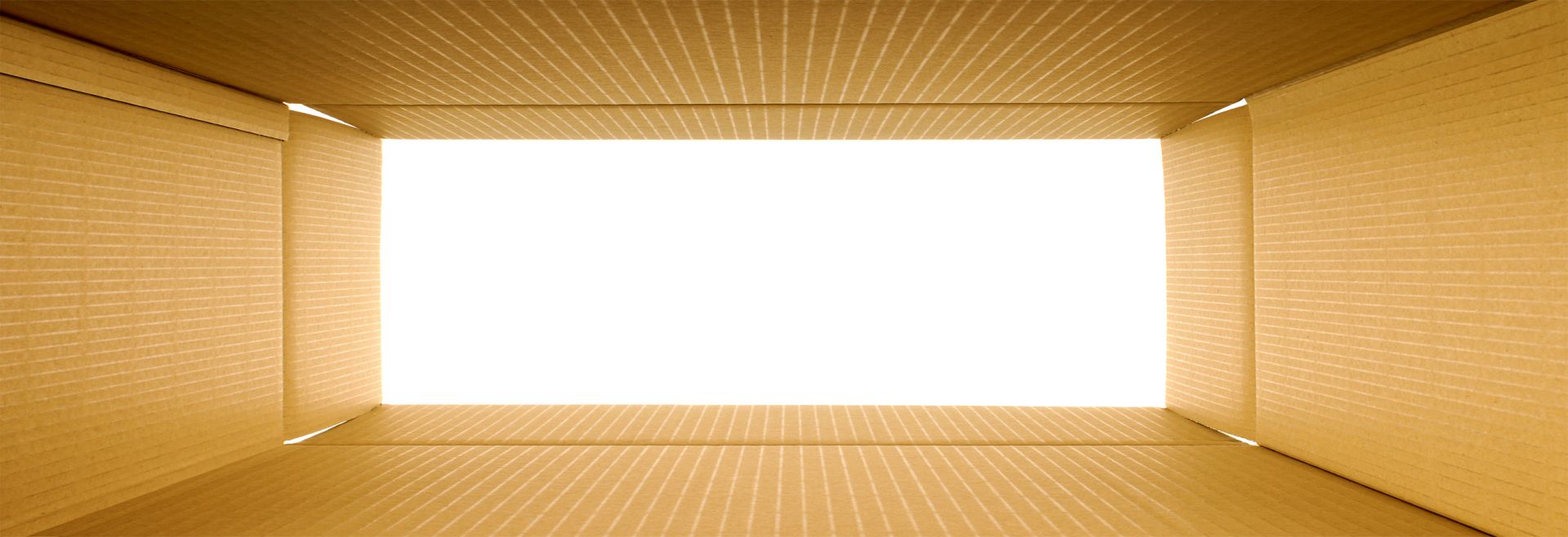
1. Coordination of Creasing and Cutting
Creasing rules are typically used alongside die-cutting blades to ensure materials fold without cracking or deforming.
In carton production, creasing rules define fold lines, while cutting rules shape the outline.
2. Selection of Creasing Rule Height and Width
Creasing rules are usually 0.2–0.5 mm shorter than cutting rules to apply pressure without piercing through the material. Height is determined by material thickness and operator experience.
The width depends on the material thickness — wider creasing rules produce softer folds and are used for thicker materials.
3. Types of Creasing Rules
Standard Creasing Rule: Ideal for regular paper and cardstock, creates clear fold lines.
Double-Line Creasing: Suitable for thick or corrugated boards, reduces fiber cracking.
Kiss-Cut Creasing: Used for plastic materials like PVC or PET; partially cuts to create a foldable line.
4. Use of Creasing Pads (Counterplates)
Creasing effectiveness is closely related to the base material. Steel plates are commonly used to ensure even pressure.
Corrugated and thick materials require proper creasing channels (creasing matrix) to prevent layer breakage.
5. Special Applications
For leather, plastic, or composite materials, creasing may require special techniques such as heated or double creasing to ensure proper folding.
In automatic die-cutting machines, creasing pressure can be adjusted to suit different material requirements.
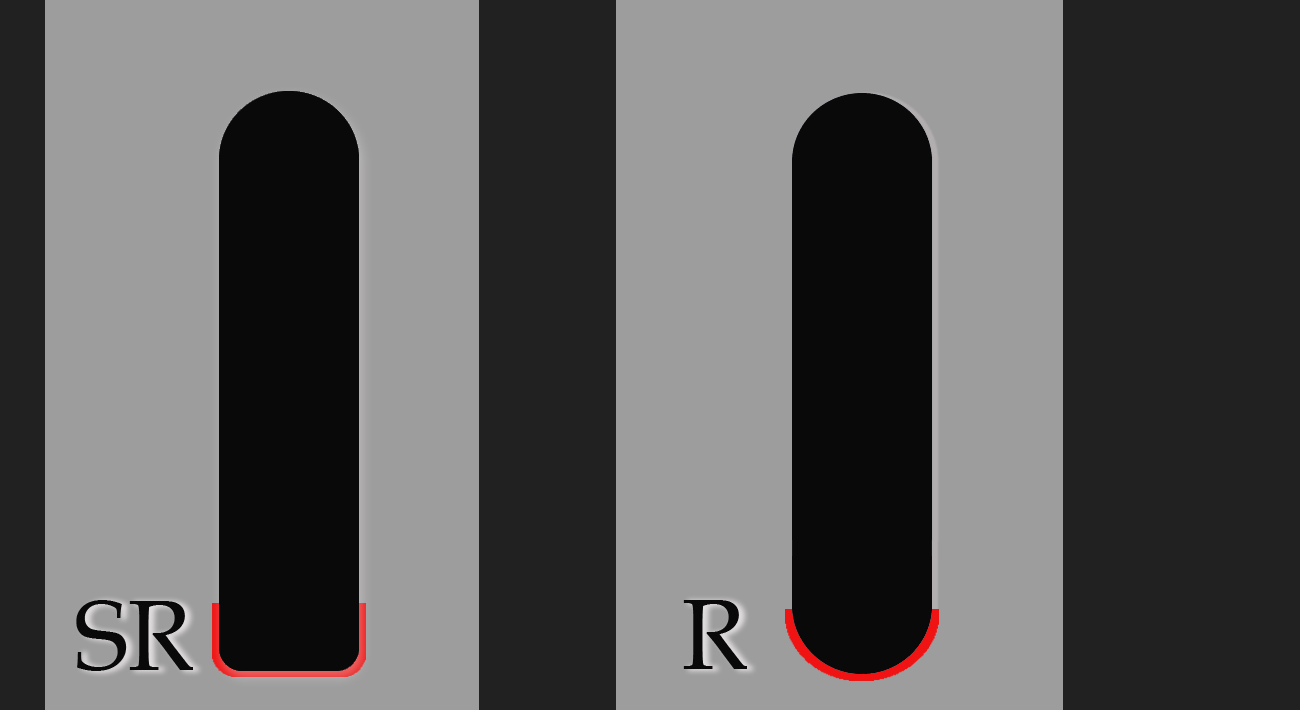
KAMURA Creasing - K
| Thickness mm |
Height mm |
Hardness HV |
Blade Tip Shape |
|---|---|---|---|
| 0.71 | 16.00-50.00 | 320 | SR |
| 1.06 | * | 340 | R |
| 1.42 | * | 380 | * |
| * | * | 400 | * |
| * | * | 450 | * |



